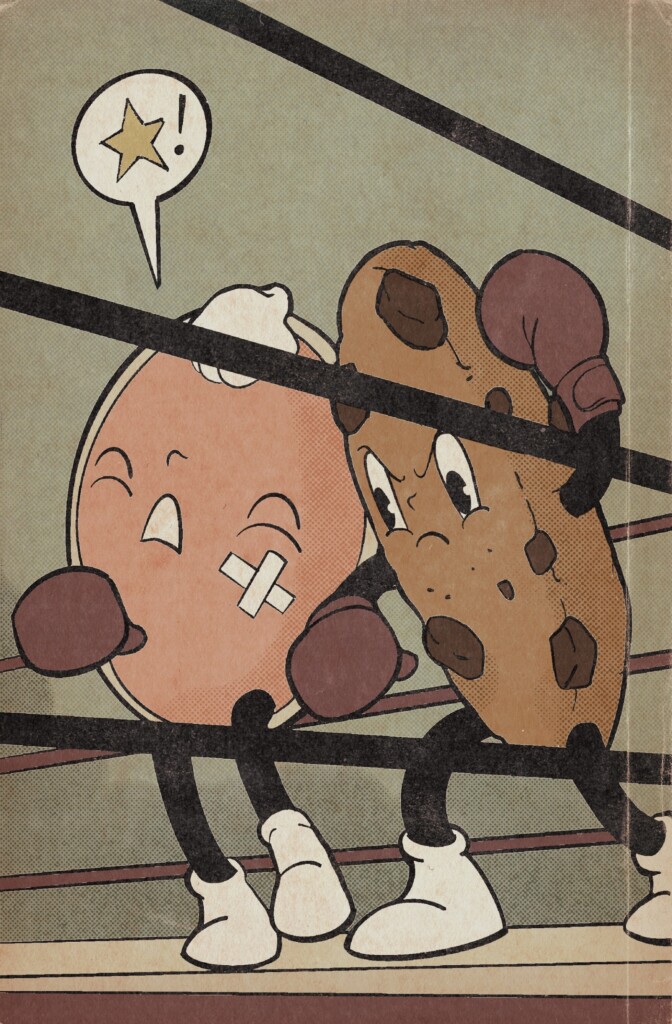
I moved to SLC when I was 31 and encountered a Mexican restaurant for the first time. Up to that point I had lived in New York, Cleveland, San Francisco, and oddly Riverton, Wyoming. My ethnic tastes were fairly cosmopolitan but Mexican food was not one of them.
In Riverton where I worked on the Wind River Reservation I was introduced to two unusual taste treats: Arapahoe fry bread and chicken fried steak. I considered this as ethnic food.
So when I moved to SLC I discovered a plethora of Mexican food. Since I was totally unfamiliar with Mexican food (chimichangas, smothered burritos, molchachete) most Mexican food seemed exotic to me.
The easiest venture was to the taco stands near the defunct Sears Roebuck. The stands sold tacos for a dollar garnished with salsa, onions,lemon etc. I usually would order “una lengua e uno cabesa” roughly translated as “tongue and cheek” taco. I was always tickled with my sense of humor.
My more adventurous Mexican discovery was the cafeteria at Rancho Market on 33rd South. The expansive space had enticing smells and purveyed soups, meat, potatoes and vegetables,none of which I recognized. I simply pointed to something which seemed appealing and then sat down to watch the other diners. I was the only gringo in the place.
It was an odd phenomenon, eating an unfamiliar ethnic meal in my hometown, a bit like visiting a foreign country and having no idea what you are eating.






